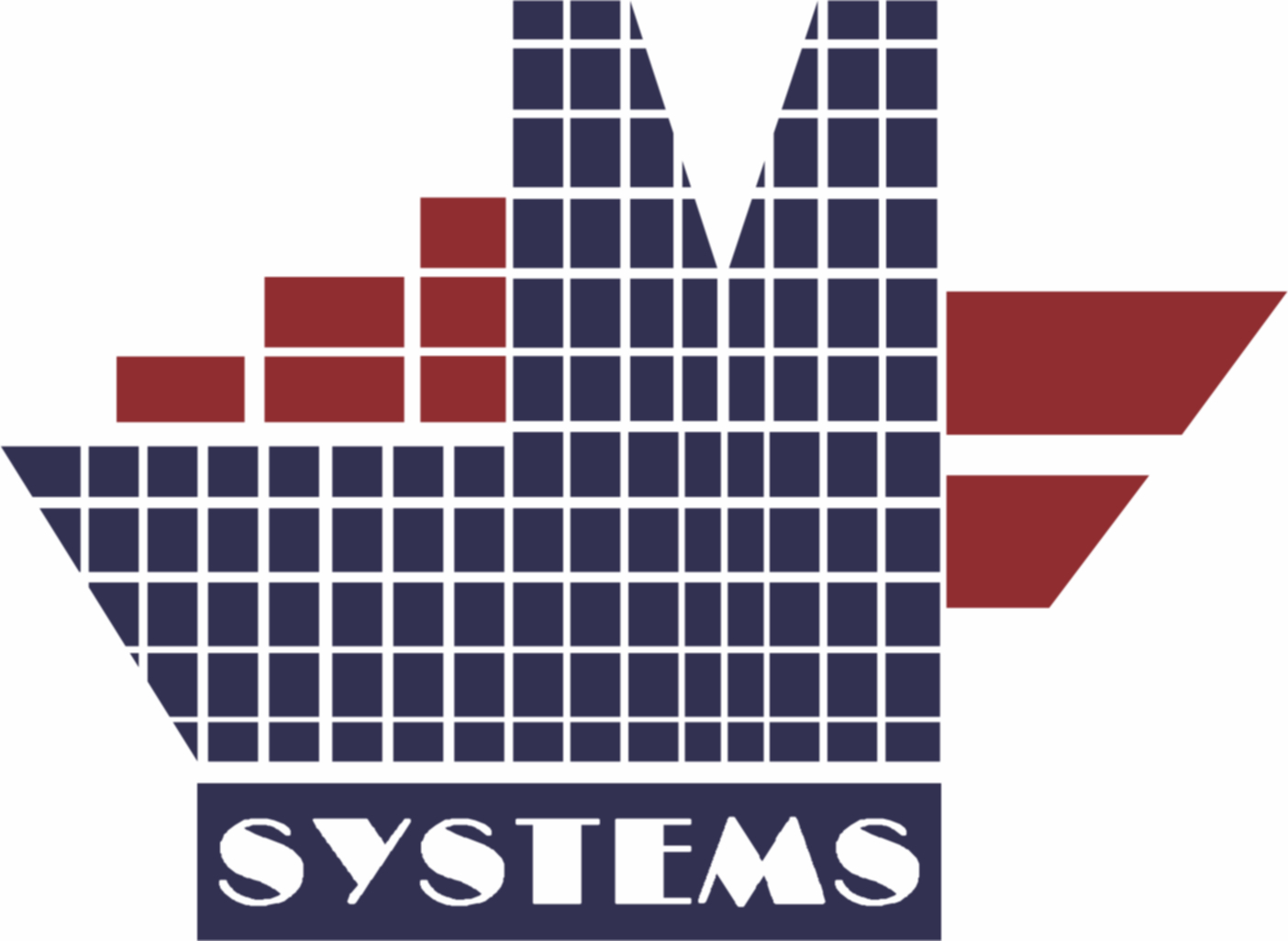Digital transformation is heading towards the next era in supply chain management. The supply chain with digital transformation is something in which suppliers and customers come together in entirely new ways by filling the gaps between the digital and physical worlds and removing the traditional organizational boundaries.
Several technological disruptions drive digital transformation, including Big Data and analytics, unprecedented connectivity via machine-to-machine and human-to-machine interaction, 3-D printing, automation, artificial intelligence, and augmented reality. The digitization of the supply chain claims to reduce inefficiencies and the reduction in the cost. This will tend to promote improvement over flexibility.
The pandemic’s disruptive impact on global supply chains has increased the requirement for organizations that generally focus on mitigating the risk and increasing resiliency. By capitalizing on digital technologies and rising real-time visibility into every part of the value chain, the companies can proactively identify the areas of potential risk before an issue. They also make the notification of disruption and respond to the same.
Risk mitigation is not only a factor in the digital supply chain. It can also benefit a source of competitiveness, as every node in the supply chain is leveraged for business intelligence and, more significantly, collective benefit.
Here we have listed four ways digital transformation transforms the traditional supply chain.
1. The Connected Supply Chain
“Smart logistics”, like automated warehousing, cargo tracking, and remote fleet management, can be transformative. Recent advancements in supply chain technology facilitate the company’s real-time insights into asset status and location. Cloud-based GPS and cost-effective Bluetooth Low Energy (BLE) asset tracking can enable instant updates on geography. To track the gauge transportation performance and delivery route inefficiencies, the help of real-time monitoring can be helpful. Automation and business intelligence technology are the centres of improving adaptability and optimizing the supply chain for variable customer demand. Internet-connected sensors can detect supply chain disruptions and issues related to quality and address the problem or adapt production flows in real-time with minimal human intervention. It can be resulted in increasing the visibility, responsiveness, and resiliency across the entire supply chain ecosystem.
2. Demand-Driven Supply Chain Management
Demand-driven supply chain management is a concept that has been introduced previously in the market. The conventional way of predetermining the demand is based on historical demand levels, but those single data points may need to reflect the current demand environment. The sensor technologies embedded in the process can monitor, collect and report information from the surrounding environment and respond to particular instructions. Intelligent analysis of data can improve the accuracy of demand forecasting and replenishment. Predictive analytics and machine learning can account for these additional variables to forecast demand reliably, recognize patterns and anticipate changes.
3. Formation of the Digital Thread
The digital thread is a communication framework for sharing information with all data consumers upstream and downstream. The digital thread also creates a constant feedback loop. Beyond connecting data and systems, the digital cable requires the integration of workflows and people. Improved data communication will enable the whole product chain to become more responsive towards the modifications in design, manufacturing, volume, reworking, and through-life service provisions.
4. Value Co-Creation
The integrated value chain is predicated on a new level of transparency and information sharing, such as constant, bidirectional communication and inter-company visibility among the inventory status, supply links and shipping delays to future-focused factors that can cause the shift in demand. Best practices are shared with internal and external stakeholders so that there can be an increment in efficiencies and interoperability..



